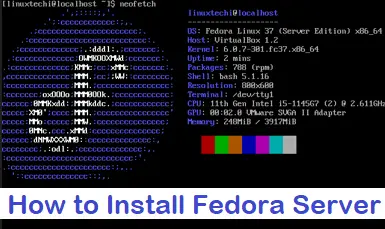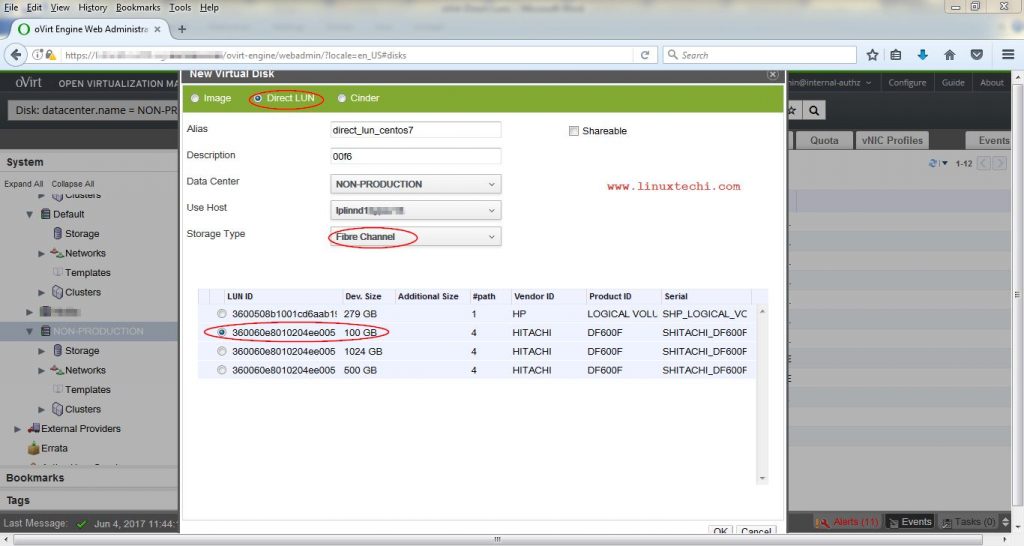Dealing with our daily admin tasks we face lot of requests where we need to assign virtual disks or additional disks to Virtual Machines running on Xen hypervisor .
Xen hypervisor have lot of “xm” commands that can be used to manage the functionality of Xen VM’s .
As we know that we can use xm block-attach commands to attach a new virtual disks to Xen VM .We have similar situation here ,we need to add new disk via SAN storage to add on a VM ( either new disk or we can also use that virtual disk to append to existing filesystem via vgextend / resize2fs / lvextend)
Prerequisites : If you want to add disks via SAN storage LUN’s , Make sure the Xen hypervisor have SAN switch connections and HBA’s attached to them . You can check HBA via below command .
# lspci | grep -i HBA
Above Command will list the Model and type of HBA on the system . Also , multipath package should be installed which give a configuration file multipath.conf and multipath service should be up and running.
# chkconfig multipathd on
# /etc/init.d/multipathd start
Method :
Below steps shows how we can scan and get the LUN’s listed in Xen hypervisor .
Step:1 To Request a SAN LUN’s you have to provide wwpn numbers of the HBA attached to the system Those WWPN for HBA are used to zone the storage with hostname .
To get details about he wwpn’s :
# cat /sys/class/fc_host/host?/port_name ( where “?” is the port number of HBA )
Step:2 Once SAN LUN’s provisoned , use below commands to scan those on Xen hypervisor :
echo “- – -” > /sys/class/scsi_host/host0/scan
echo “- – -” > /sys/class/scsi_host/host1/scan
echo “- – -” > /sys/class/scsi_host/host2/scan
Step:3 Once the scan complete ( takes few sec only ) , the LUN’s get listed using below command :
# multipath -ll
This will list the newly assigned LUN’s as well as existing LUN’s if any .
Note: To set the LUN’s naming according to our requirements we can edit multipath.conf file .
Then again reload multipath service : “/etc/init.d/multipathd reload“. This command will list the LUN’s names with new naming provided and also get those listed under /dev/mapper with new names .
Step:4 Now we need to attach the LUN’s to VM domain name :
Find out the VM name and domain id using below command :
# xm list
Choose the domain id and replace below domain-name with the one you choosed
# xm block-attach domain-name/Virtualmachinename phy:/dev/mapper/lun_name xvde w
where : xvd<?> is the available disk numbering .
Step:5 Once the above command run , append entries in VM conf file so that it will be persistent on VM reboots .
`phy:/dev/mapper/lun_name,w`
Till now we worked on Xen hypervisior , now we have to login to virtual machine to see if the “dmesg” and “/var/log/messages” got the new disk entry .
Check new disk with fdisk -l and Follow below steps :
1 ) Create partition to newly attached virtual disk and format this with either ext3 or ext4 as per requirements .
# fdisk /dev/xvde // ( Make partition 1 , like /dev/xvde1 )
Now , format the disk as : mkfs.ext3 /dev/xvde1
2) Once format complete , put entry in fstab to mount the new drive or You can make this a part of existing LVM paritions , just do pvcreate , vgextend and then resize2fs followed by lvextend command .
Please feel free to write comments to this post if you have queries and also add if any suggestions.



